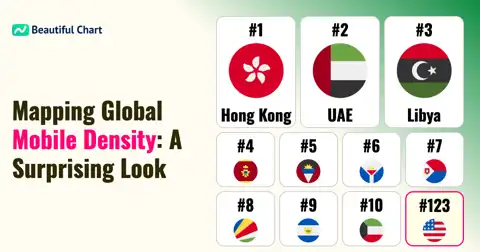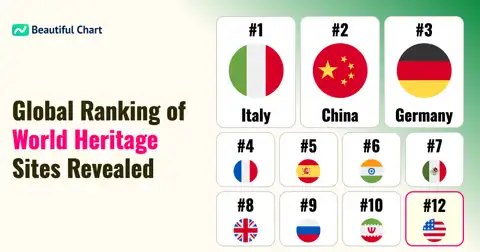This chart shows the salary rankings of presidents, kings, princes, and other heads of state from various countries. The King of Saudi Arabia tops the list with the highest salary, followed by the President of the United Arab Emirates and the Emir of Kuwait. It highlights the significant differences in salary levels depending on the title and political system of each nation.
A head of state refers to the highest-ranking official who represents a nation, such as a president, king, emperor, or governor-general. Depending on the country’s political system, the head of state may hold substantial governing power or serve primarily as a symbolic figurehead.
The salaries of heads of state vary dramatically depending on the economic power, political structure, and traditional prestige of each country. The King of Saudi Arabia claims the highest salary, amounting to a staggering 9.6 billion KRW annually, with the President of the United Arab Emirates following at around 4.6 billion KRW and the Emir of Kuwait at 1.65 billion KRW. It is clear that in many Middle Eastern countries, traditional rulers such as kings and emirs still command extraordinarily high salaries even in modern governmental systems.
In contrast, European monarchies show much more restrained salary levels. For instance, the kings of Norway, Sweden, and Denmark each earn salaries ranging from around 1.5 to 3.3 million USD, reflecting the largely ceremonial roles these figures hold in constitutional monarchies. Similarly, Luxembourg’s Grand Duke and the King of the Netherlands fall within a comparable range, emphasizing the symbolic nature of their leadership rather than administrative power.
In Asia, the Emperor of Japan receives an annual salary of about 3 million USD, placing him in the mid-range compared to European royals. Singapore stands out among republics, with its president earning approximately 1.44 million USD, a relatively high figure that reflects the country’s focus on attracting top talent into public service.
The President of the United States earns around 400,000 USD per year, which is considered high among global democratic leaders, though not exceptional when compared to some monarchs. Notably, the President of the European Council receives about 447,000 USD annually, reflecting the significance of leading a multinational institution rather than a single country.
Broadly speaking, the data illustrates that monarchies and resource-rich nations tend to offer far higher salaries to their heads of state compared to democratic republics, where compensation is more modest and regulated. These patterns reveal how political culture, economic priorities, and historical traditions shape the financial treatment of national leaders across the world.
| Rank | Name | Indicator | Subindicator |
|---|---|---|---|
1 | $ 9B 600M | King | |
2 | $ 4B 608M | President | |
3 | $ 165M | Emir | |
4 | $ 56M 51K | King | |
5 | $ 52M 63K | Prince | |
6 | $ 36M | Emir | |
7 | $ 33M 237K | King | |
8 | $ 15M 752K | King | |
9 | $ 12M 333K | Grand duke | |
10 | $ 11M 350K | King | |
11 | $ 7M 238K | Sultan | |
12 | $ 6M 82K | King | |
13 | $ 3M 75K | Emperor | |
14 | $ 2M 129K | King | |
15 | $ 1M 442K | President | |
16 | $ 847,457 | King | |
17 | $ 809,673 | President | |
18 | $ 620,976 | President | |
19 | $ 568,400 | Chief Executive of Hong Kong | |
20 | $ 507,000 | President |





